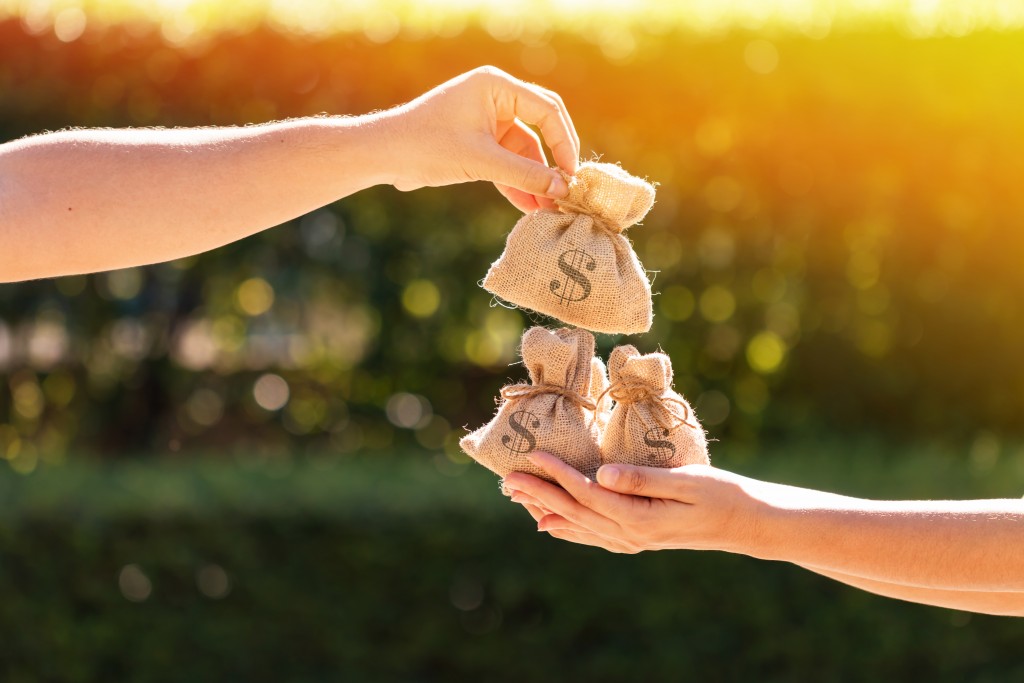The effects of the coronavirus pandemic on the economy are undeniable–mass lay-offs, closing of establishments, and big companies declaring massive losses. Yet, with all these mishaps, companies–big or small–are still giving a helping hand to those in need.
Is altruism inherent?
Helping other people at the expense of oneself can be found in little everyday things. It can be in the form of letting someone choose first or giving them a seat on the bus. The process of recognizing and basing one’s actions on the wants of others is called “social mindfulness.” Brain scans suggest that the prefrontal cortex regions–responsible for planning and deliberation–of those who are less socially mindful are more active. Thus, to put it simply, the brain is programmed to be selfless rather than selfish.
Others would say that altruists are after the warm, fuzzy feeling they get after helping–that it is this rewarding feeling that fuels them to give. Many have argued otherwise, and one of them is Matthieu Ricard, a Buddhist monk and neuroscientist. Ricard contends that if humans weren’t inherently altruistic, then humans shouldn’t feel joy when they give, as it is against their nature.
Hence, the generosity of people in the face of global health and economic crises should not surprise you. If you’re considering lending a helping hand in these trying times, one of the ways companies are giving back is through charitable shopping.
Charitable shopping
 In 2020, businesses began the initiative to give their proceeds to charity. Even online shops have been doing so. Whether it is 100 percent of their proceeds or just a fraction of it, it makes a difference for those affected economically as well as to our healthcare workers.
In 2020, businesses began the initiative to give their proceeds to charity. Even online shops have been doing so. Whether it is 100 percent of their proceeds or just a fraction of it, it makes a difference for those affected economically as well as to our healthcare workers.
As an entrepreneur
If your business can reach out despite the financial setbacks, here are things you can do:
- Other than donating their profit, companies can ask their provider for e-commerce web development services to add options such as COVID-19 resources and additional donation at check-out. These simple features will show your customers that you do care for not only them but other people as well.
- Be transparent. How much of your profit will go to charity? What organizations and communities are your recipients? Lastly, as much as possible, post the breakdown of your donations. That will increase credibility, and it’s good that the customers know where their money has gone.
As a consumer
Some people worry about helping when they get something in return, but this should not be the case. ; Plus, combining altruism and retail therapy is pretty much a great deal. As Linville and Fischer would call it: temporal integration, which happens when “the total value of the two positive outcomes could be increased by bundling them together.”
Consumers could think of it this way: They have purchased these items before without any known cause, and it made them feel better. Now, they can feel better about the product while also contributing to society. It’s a win-win situation that no one should ever take away from them.
For someone to be in the position to help other people is already a privilege of its own. As the world battles the COVID-19 pandemic, altruism has filled the gaps.
